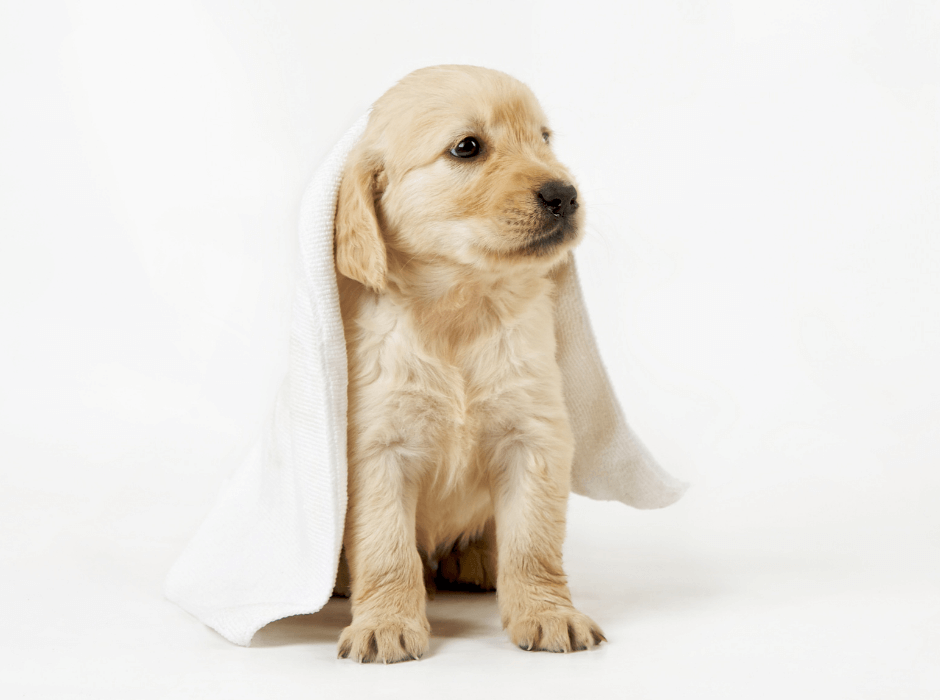Your Grooming Questions Answered
Second Chance answers the questions we hear the most about pets and grooming.
Why should my pet be groomed?
- Grooming is an important aspect of healthcare for many dogs and cats, especially long-haired breeds. Pets can become at risk for skin and ear infections, urinary tract infections, pain, trouble defecating, or even develop restricted blood supply if mats become too tightly wound around limbs.
- Grooming is not just important for long haired pets, however. Short-haired animals can benefit from grooming as well, but may need it less often. Groomers may be able to help identify if your pet has a problem such as a flea or tick infestation or if your pet is not grooming itself as well as it should be, which could indicate an underlying health problem.
When should I start grooming my puppy professionally?
- Most professional grooming salons will begin grooming puppies and kittens at 16 weeks of age with the recommendation that they are fully vaccinated to help keep them safe when in the salon with other animals.
- Getting your pet started early can help them get used to the grooming process, which makes it much easier on them and their groomer.
How often should I be getting my pet groomed?
- Depending on breed, your pet may need to be groomed every 6-8 weeks. You may request the same groomer every time so that you and your pet will begin to build a relationship with your groomer who should come to understand all your pet’s quirks and preferences. It makes the experience safer and more enjoyable for everyone.
- We also recommend visiting the salon between trims/baths to help your pup get used to all the sights and sounds.
How can I get my puppy used to being groomed?
- Touch your pet frequently to get them used to what will happen during an actual grooming service. This can help desensitize them, making the process much easier and safer.
- Top areas to handle are feet/nails, ears and face. You may try the following to help your pet get used to grooming:
- Rub/hold their feet often (use caution with cats).
- Practice holding their face still and touch around their mouth if tolerated.
- Run the bottom of an electric toothbrush around their feet & face to help them get used to the feeling & sounds of clippers & nail grinders
Is there anything I should do between salon visits?
- Brush! No matter if you have a long-haired or short-haired pet, they all need brushing. Long-haired pets tend to mat very easily, especially as puppies and kittens when their fur is super fine and soft. Matting can be very painful for your pet, so frequent brushing can help reduce the chance of fur becoming matted. Don’t forget mat-prone areas behind the ears, on their backside, or around the armpits.
- It’s recommended you brush your short-haired pup weekly to help keep dead hair from clogging their pores and to keep their natural oils spread evenly throughout their coat to promote shine and healthy fur.

